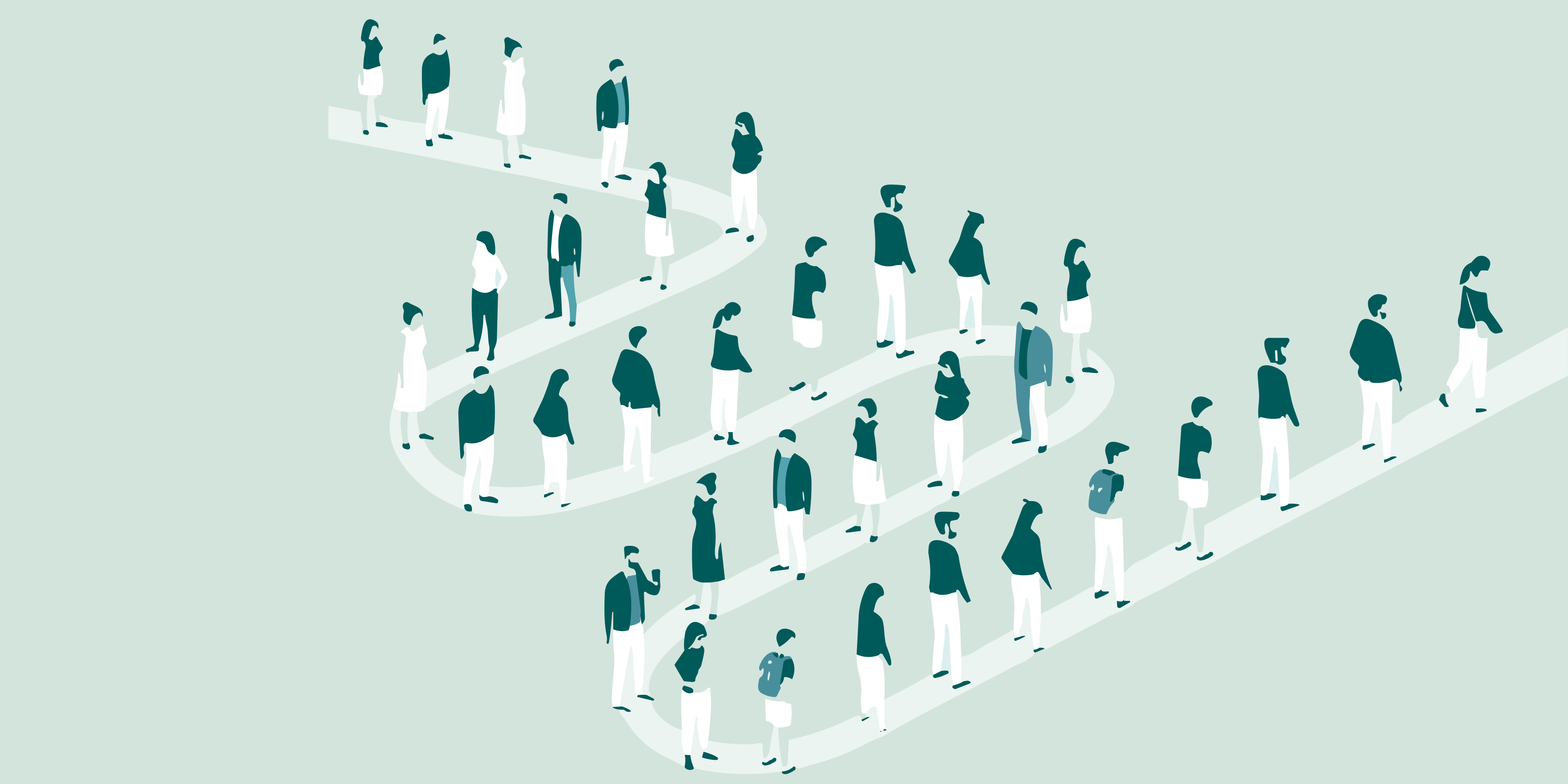Federal Agency Customer Experience Act: Key Insights & Impacts
Discover how the Federal Agency Customer Experience Act is reshaping government services and boosting public satisfaction with better CX standards.
Read more
What is GovTech? Benefits + Strategies Explained
Discover what GovTech is, how it's transforming government services, and the challenges and opportunities it brings for modern governance.
Read more
Government Data Analytics: Types, Applications, and Tools
Discover how Government Data Analytics transforms public services with insights into tools, strategies, and best practices for data-driven governance.
Read more
Limited English Proficiency (LEP): Best Practices & More
Discover the challenges faced by individuals with limited English proficiency and explore effective solutions to enhance communication and service delivery.
Read more
Qminder Secures €3M Seed Funding to Revolutionize Service Flow Management
Qminder, a service flow management tool for government entities like city halls, secures €3M in seed funding to enhance customer experience.
Read more





